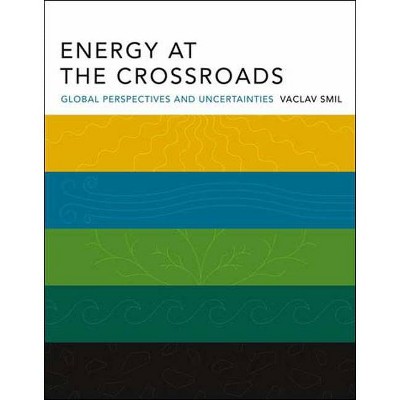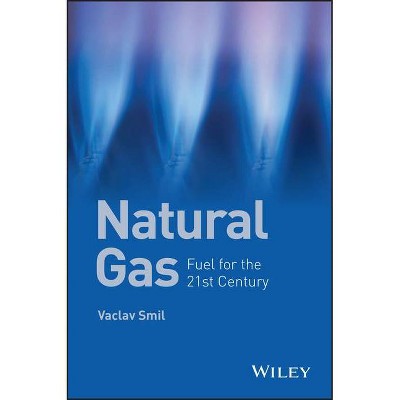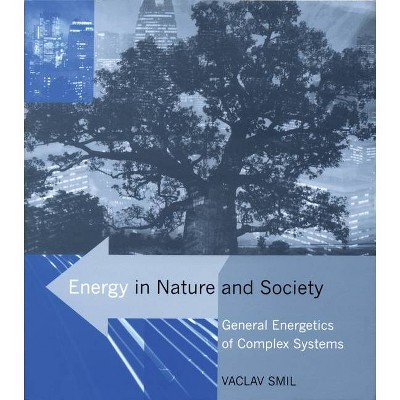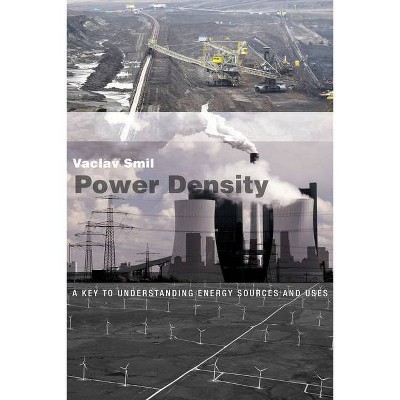Energy Transitions - 2nd Edition by Vaclav Smil (Paperback)
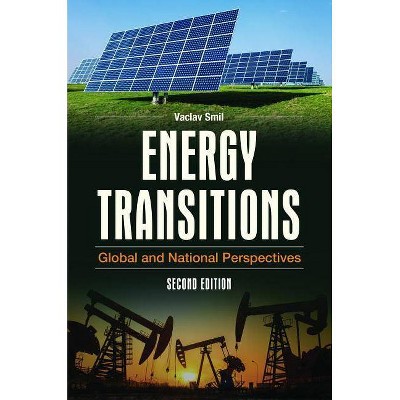
Similar Products
Products of same category from the store
AllProduct info
<p/><br></br><p><b> About the Book </b></p></br></br><p>This book provides a detailed, global examination of energy transitions, supplying a long-term historical perspective, an up-to-date assessment of recent and near-term advances in energy production technology and implementation, and an explanation of why efforts to limit global warming and to shift away from fossil fuels have been gradual.</p><p><br/>Based on the best international and national statistical sources, the second edition of <i>Energy Transitions: Global and National Perspectives</i> supplies an in-depth evaluation of how economies and nations around the world are striving to move away from traditional energy sources, the unfolding decarbonization process, and problems with intermittent energies and national transition plans. It supplies readers with a clear introduction to the basic properties of energy systems and key concepts of their appraisal, puts energy transition patterns in long-term historical perspective, and looks at the energy transition in eight of the world's leading economies. The last chapters focus on the advances in the decarbonization of the global energy supply and consider how the energy transition will continue in the coming decades.</p><p></p><p>This fully updated and substantially expanded edition addresses the many new developments affecting energy supply, such as the recent expansion of hydraulic fracturing, oil price fluctuations, the Fukushima nuclear power plant catastrophe, advances in solar and wind generation, adoption of combined cycle gas turbines, and increased availability of electric cars. The coverage highlights the differences in the pace of transitions in various countries, thereby providing a complete and accurate picture of the current state of energy development in different parts of the world. The book serves as an invaluable resource for students as well as for anyone interested in a realistic appraisal of the current state of energy transitions in various nations and regions and the likely future development of the global energy supply.</p><p><br/><ul></p><p><li>Presents historical coverage of energy production, energy use, and key technical and economic factors that affect the currently unfolding transitions</li></p><p><li>Offers insightful analysis of energy transitions on both the national and global scale to explain the possibilities and limitations of the process</li></p><p><li>Supplies a critical appraisal of new renewable conversions that makes clear their advantages and potential benefits as well as their inherent unavoidable limitations</li></p><p><li>Enables general readers to gain an in-depth understanding of energy transitions from the perspective of an acclaimed scientist with expertise in the fields of energy, environmental and population change, technical innovation, and public policy</li></p><p></ul></p><p/><br></br><p><b> Book Synopsis </b></p></br></br><p>Based on the best international and national statistical sources, the second edition of <i>Energy Transitions: Global and National Perspectives</i> supplies an in-depth evaluation of how economies and nations around the world are striving to move away from traditional energy sources, the unfolding decarbonization process, and problems with intermittent energies and national transition plans. It supplies readers with a clear introduction to the basic properties of energy systems and key concepts of their appraisal, puts energy transition patterns in long-term historical perspective, and looks at the energy transition in eight of the world's leading economies. The last chapters focus on the advances in the decarbonization of the global energy supply and consider how the energy transition will continue in the coming decades.</p><p></p><p>This fully updated and substantially expanded edition addresses the many new developments affecting energy supply, such as the recent expansion of hydraulic fracturing, oil price fluctuations, the Fukushima nuclear power plant catastrophe, advances in solar and wind generation, adoption of combined cycle gas turbines, and increased availability of electric cars. The coverage highlights the differences in the pace of transitions in various countries, thereby providing a complete and accurate picture of the current state of energy development in different parts of the world. The book serves as an invaluable resource for students as well as for anyone interested in a realistic appraisal of the current state of energy transitions in various nations and regions and the likely future development of the global energy supply.</p><p/><br></br><p><b> Review Quotes </b></p></br></br><br><p>This new edition of the book thoroughly provides readers with the latest published data on the discussed subjects and numerous useful references. Summing Up: Recommended. All readers.</p>-- "<p><i>Choice</i></p>"<br><p/><br></br><p><b> About the Author </b></p></br></br><p><b>Vaclav Smil</b> is Distinguished Professor Emeritus in the Faculty of Environment at the University of Manitoba.</p>
Price History
Cheapest price in the interval: 66 on October 28, 2021
Most expensive price in the interval: 66 on December 9, 2021
Price Archive shows prices from various stores, lets you see history and find the cheapest. There is no actual sale on the website. For all support, inquiry and suggestion messagescommunication@pricearchive.us


